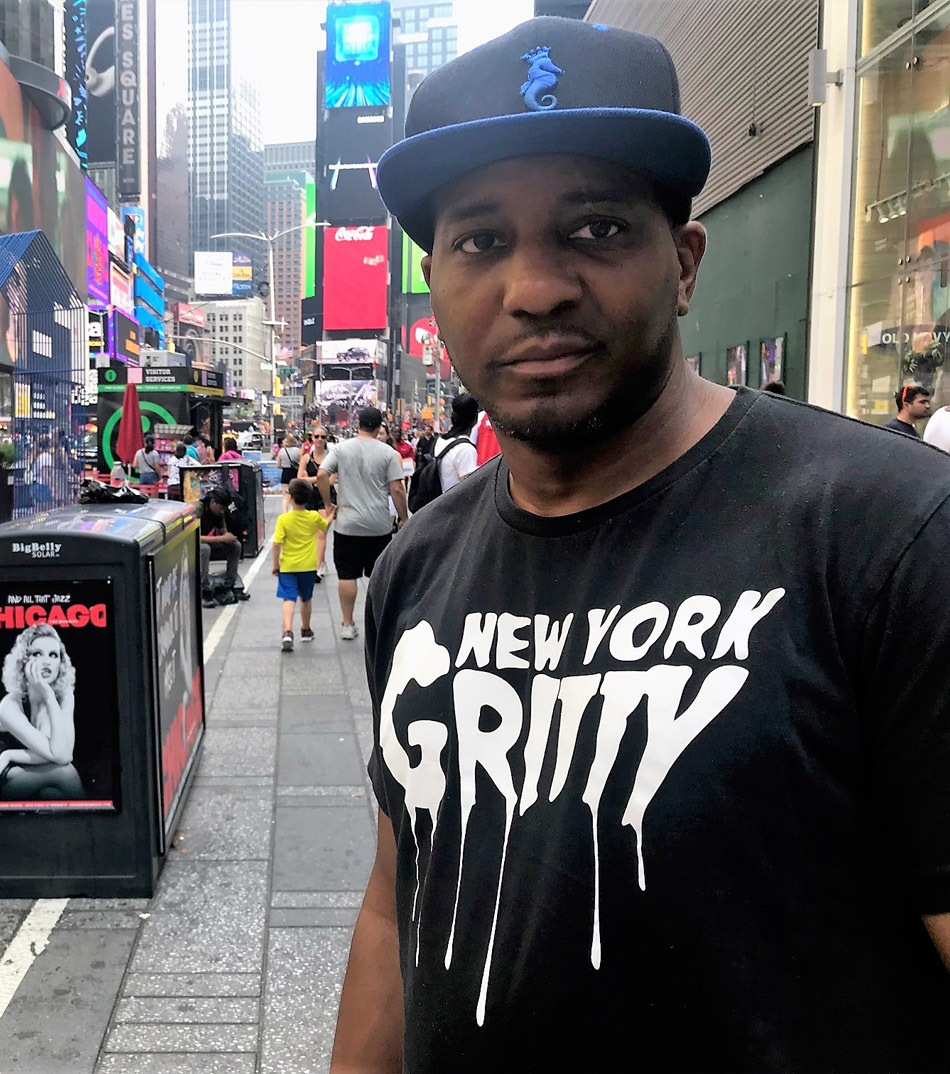irport terminals are ideal places for interviewing strangers. Lots of down time, lots of isolation, lots of staring at nothing. Cell phones preoccupy most folks here at Minneapolis/St. Paul International, but the empty faces suggest a lack of authentic engagement. As incredible as electronic devices can be, they can’t replace human interaction. Most people would welcome a random conversation if I initiated one.
I know this because that’s what I’m doing all summer: interviewing strangers, more than 250 of them, across all 48 contiguous states. And almost every one of them wants to talk.
I am on a mission to find the root causes of perceived academic apathy among teenagers, and to ask what schools might do to minimize amotivation and increase students’ autonomous motivation. In spite of considerable advancements in data-driven instructional change, recent scientific understanding of adolescent brain development, and implementation of social-emotional and trauma-informed programs, teenagers appear to remain academically disengaged and unmotivated in school. And according to the most recent Gallup poll on student engagement, their disinterest and detachment is worsening. From most adults’ perspectives – including those of many teachers – high school students appear apathetic and amotivated.
I disagree.
In addition to teenagers, I also interview a smattering of adults along the way, hoping they might provide some context, some insight about the relationship between high school experiences and adult outcomes.
About three weeks into the project, I’m at the airport scanning the terminal for potential subjects. It’s mid-June, the peak of summer vacation travel, and people are everywhere. It would be easy to strike up a conversation, but I approach no one this time. I need a break. I’m not physically tired, but mentally and emotionally tired.
In planning this project, I knew that many kids would open up to me, tell me the unfiltered truth about their adolescence, their high school and their motivation (or lack thereof). Teenagers crave someone to listen; not to instruct or advise, but just to listen. As a high school teacher for nearly 20 years, I have learned to keep students’ emotional unloads in perspective, approaching them as opportunities to potentially plant a seed, spark a thought, inspire an action. Ultimately, that’s what I hope this journey accomplishes – seeds, thoughts, actions – albeit on somewhat of a larger scale.
Kids are talking, I am listening and thoughts are forming. I anticipated all of this.

- A 35-year-old bartender in Valentine, Nebraska: “I am still dealing with the fear of failure from second grade. It’s still with me, after all these years.”
- A successful businessman still trying to feel successful: “High school wasn’t good. I learn differently, and it was hard for me because I felt that I didn’t fit in and I wasn’t smart and I wasn’t capable. I barely graduated high school.”
- A man who builds ferry docks in Seattle: “I sleep with a 9 mm under my pillow… I’m just so lonely… Hey, do you believe in God?”
- A Midwestern college professor and single mom stressed over a contentious divorce: “I just want to feel beautiful. It helps, you know, to at least feel that way.”
- A 36-year-old who dropped out of high school and now is a deckhand on a Mississippi fishing boat: “My biggest problem was I got picked on a lot because of my clothes, and I couldn’t read very well. So, I just started workin’ and fendin’ for myself.”
- A retired executive forced into retirement: “My wife died seven years ago. My sister and I take care of our 97-year-old mother who has dementia.”
- A middle-aged woman working in a North Dakota gas station: “I dropped out. Got pregnant at 16, but that’s not why I quit school. Teachers said I was stupid, and I believed ‘em. Still do.”
- Two truck drivers at a Wisconsin bar, reminiscing over missed opportunities: “Ya do what’cha gotta do, Jim.” “Yup. Cycle of life, Pat. That’s what it is. Cycle of life.” “Exactly.”
- A wealthy, 51-year-old attorney from Missouri who feels unfulfilled: “I thought success would make me happy, but I just feel lost, like I have no real purpose.”
- A 28-year-old Georgia waitress who admits that she’s unhappy: “I want out. Wanna leave the past behind. We all got that one thing that we just kinda run from.”
I scan the airport terminal looking at the adults, wondering about their lives, knowing that something happened in adolescence – probably in school – that altered their life trajectories. I find myself wanting their stories as much as I want the teenagers’ stories. I did not anticipate this. I did not expect to be so fascinated, so moved, so tired.
A friend distracts me with a text, asking what I have learned so far from my days on the road. I give an answer related to teenagers, but I realize there is more after replying, after carefully studying the stares in the airport. And this is it: We tend to categorize teenagers and adults into two distinct groups with different thoughts and objectives, fears and feelings.
I’m not so sure that is an accurate assessment.
Stroll over to the self-help section of a Barnes & Noble and you’ll see literally hundreds of books on exploring, understanding and maximizing the “self.” It is a billion-dollar industry. But what resources are given to students in high school to academically address development of the “self?” What classes teach this?
According to self-determination theory, the world’s leading concept on volitional behavior, intrinsic motivation sprouts from three key components: autonomy, competence and relatedness. In his New York Times bestselling business book, “Drive,” Daniel Pink focuses on autonomy, mastery and purpose as the keys to intrinsic motivation. In positive psychology, researchers claim that subjective happiness stems from positive emotion, engagement, relationships, meaning and accomplishment. The similarities are unmistakable in academic research, in business practice and in what complete strangers share with a teacher roaming the countryside asking questions.
Teenagers are not apathetic. Even if they say, “I don’t care,” they care. What they’re really saying is, “You haven’t given me sufficient reason to care.” Adults are no different; we want sufficient reason to care. What all of us care about – from high school seniors to senior citizens – is this journey: knowing ourselves, regulating ourselves, pushing ourselves, loving ourselves and having people love us back.
We need to give high school students sufficient reason to care. We need to teach the science of human learning and well-being. They may care more about this than anything.
